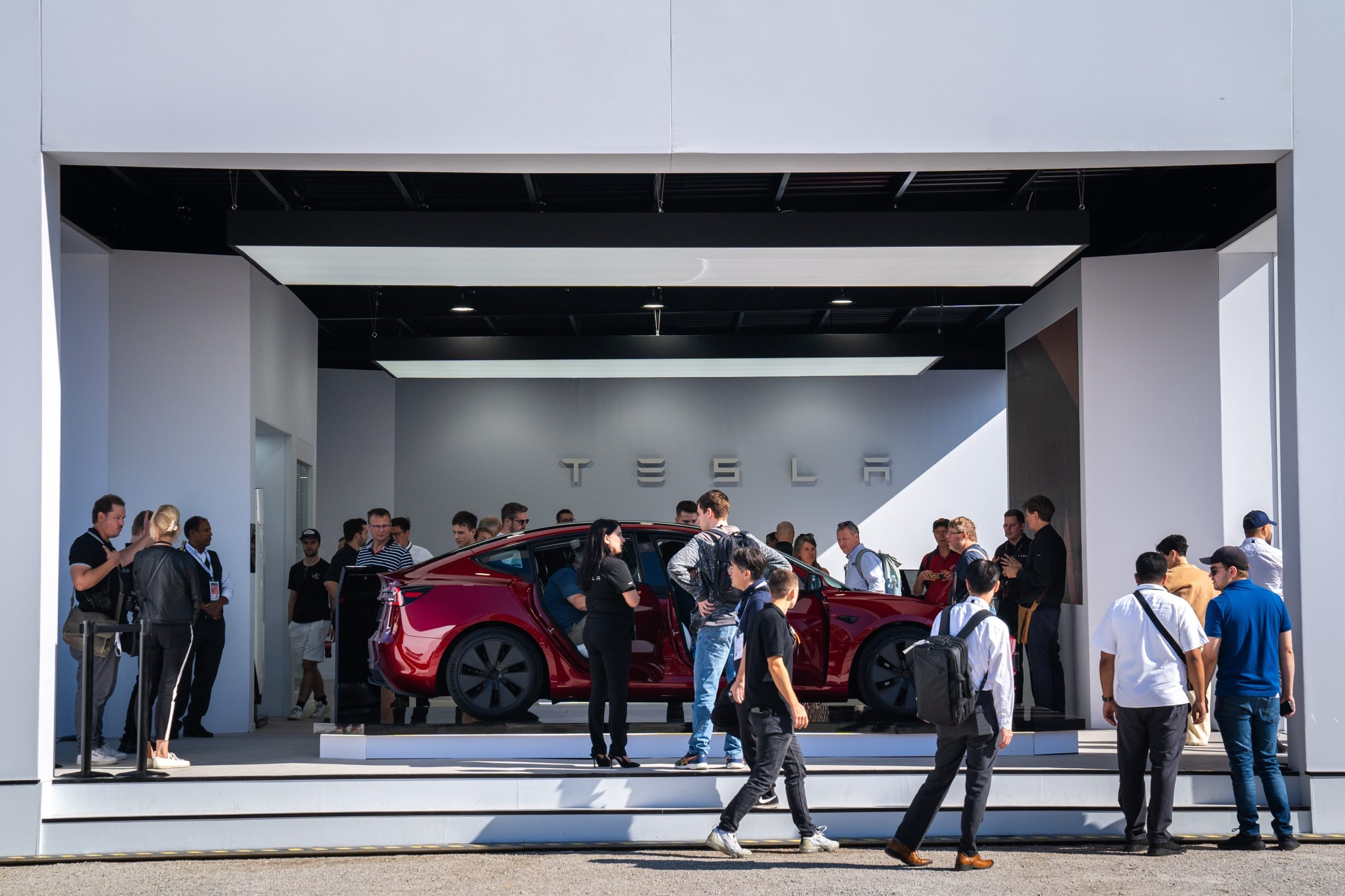
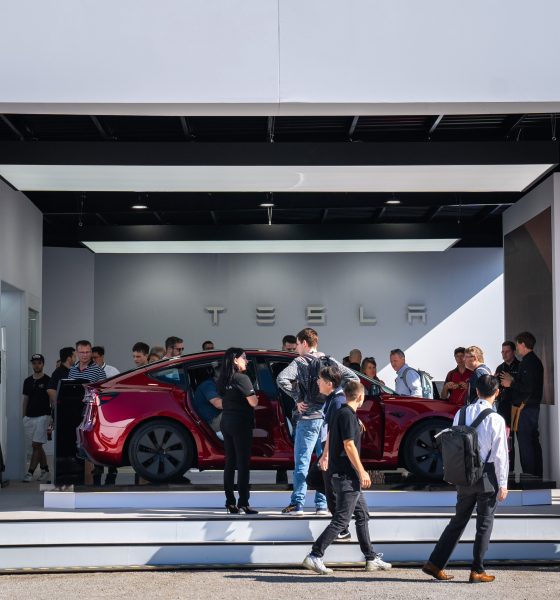
News
Tesla has filed a petition with Wisconsin to allow direct car sales
Tesla has filed an official petition with the state of Wisconsin to let the company sell cars directly to consumers, coming as the latest in the company’s attempts to overturn direct sales bans across several U.S. states.
After Tesla officially filed the petition with the Outagamie County Circuit Court last month, the court has received responses from multiple parties in filings earlier this month. Such parties include the Wisconsin Department of Transportation and the Wisconsin Automobile and Truck Dealers Association, and the court has officially set a hearing date on the petition.
Currently, Wisconsin is just one of many states in which Tesla buyers must drive out of state to purchase and pick up one of the company’s vehicles, due to laws requiring automakers to sell vehicles through a dealership. While Tesla, Rivian and other direct sales companies have gained some ground in overturning these laws, many states including Wisconsin still prohibit the model.
The Circuit Court has set a motion hearing for the case for March 24. The case number for for Tesla, Inc. vs. Wisconsin Department of Transportation et al is 2025CV000075, and you can see the case filing here on the Wisconsin courts website.
READ MORE ON DIRECT SALES LAWS: Tesla granted license for direct vehicle sales in Kentucky
Across the U.S., there are 22 different states that either have active bans on direct vehicle sales or limitations on how many stores direct sales automakers like Tesla can open. The efforts to overturn such bans last year gained some ground in Kentucky, where Tesla was granted a license for direct sales in August, as well as in Louisiana, where an appeals court backed the company in its right to sue the state over dealership laws.
Other automakers such as Lucid Motors, Rivian and, more recently, Volkswagen’s new venture Scout Motors have faced opposition from dealers and dealership lobbying groups such as the aforementioned Wisconsin Automobile and Truck Dealers Association, ultimately upholding the bans in several states.
Some other states that don’t have bans on direct vehicle sales, such as Florida, have also introduced new legislation in the past few years attempting to ban direct sales.
Below you can see which U.S. states still have direct vehicle sales bans in place, and which either limit stores or allow Tesla to sell direct-to-consumer through loopholes.
Which U.S. states still have bans on direct vehicle sales?
- Alabama (including service centers)
- Arkansas
- Connecticut (only leasing is allowed, and the company also uses a tribal land loophole)
- Iowa
- Kansas (including storefronts)
- Louisiana (Tesla uses special license with “service center” model as loophole)
- Nebraska
- New Mexico (including service centers, and the company also uses a tribal land loophole)
- Oklahoma
- South Carolina (includes service centers)
- Texas (Tesla gets online loophole with “service center” model)
- West Virginia (including storefronts)
- Wisconsin
U.S. states that limit the number of direct sales-eligible stores
- Illinois (limited to 13)
- Maryland (limited to 4)
- Mississippi (limited to 1)
- New Jersey (limited to 4)
- New York (limited to 5)
- North Carolina (limited to 6)
- Ohio (limited to 3)
- Pennsylvania (limited to 5)
- Virginia (limited to 5)
What are your thoughts? Let me know at zach@teslarati.com, find me on X at @zacharyvisconti, or send us tips at tips@teslarati.com.
Tesla loses direct sales lawsuit that aimed to fight stressful carbuying
Need accessories for your Tesla? Check out the Teslarati Marketplace:

News
Tesla Model 3 and Model Y named top car buys in Norway
Despite growing competition from European and Korean brands, both models stood out for their balance of price, performance, and everyday usability.
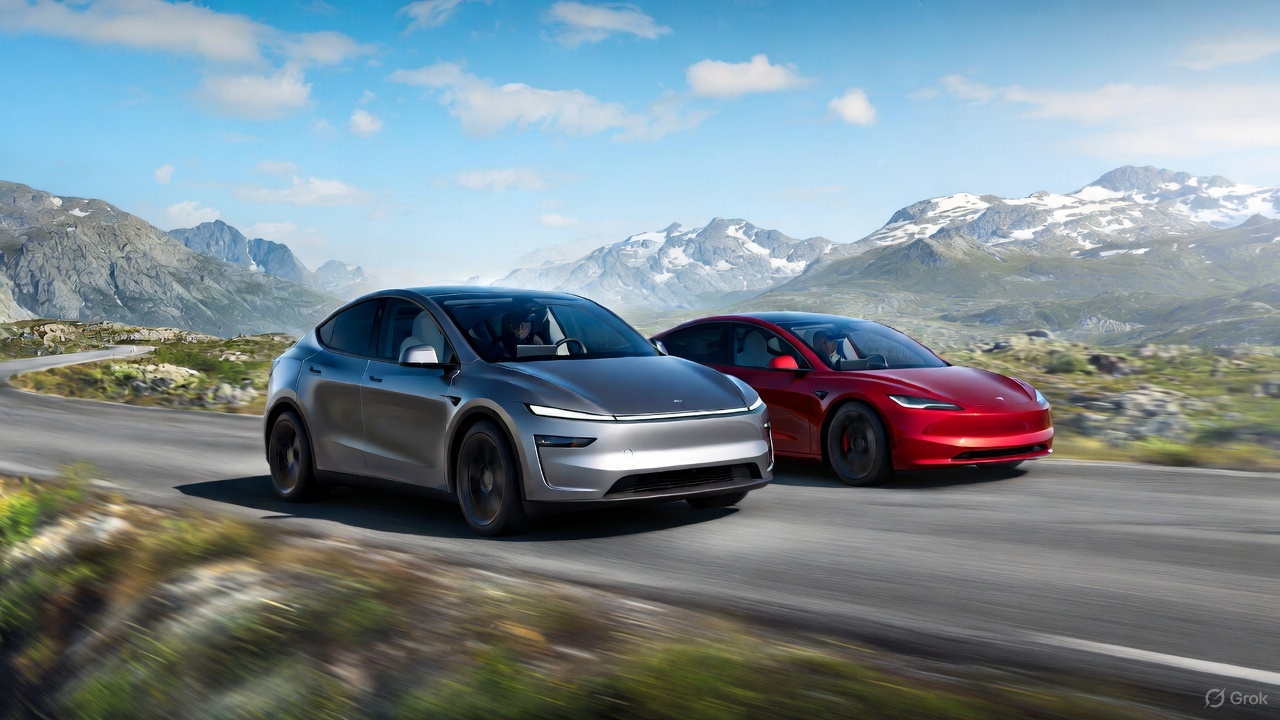
Norway’s annual roundup of the best car purchases featured Tesla’s two main sellers this year, with the Model 3 and Model Y securing top positions in their respective segments.
Despite growing competition from European and Korean brands, both models stood out for their balance of price, performance, and everyday usability. The verdict comes as electric vehicle adoption remained above 95% of new vehicle sales in the country.
Tesla Model 3 strengthens its value position
Among compact EVs, the Tesla Model 3 maintained its position as the best overall buy thanks to its strong blend of performance, efficiency, and updated features. Reviewers noted that every trim offered compelling value, especially with the all-electric sedan’s improved cabin ergonomics and the return of the turn-signal stalk, which was one of the few previous complaints among drivers.
The Model 3’s mix of long-range capability, low operating costs, and responsive handling has continued to set the benchmark for compact EVs in Norway. While competitors from Hyundai, Volkswagen, and Peugeot have narrowed the gap, Tesla’s price-to-capability ratio has remained difficult to beat in this segment, Motor.no reported.
“The Model 3 clearly offers the best value for money in the compact class, no matter which version you choose. Now it also gets the turn signal lever back. This eliminates one of the few flaws in a driving environment that many believe is the best on the market,” the publication wrote.
Tesla Model Y claims its crown
The Tesla Model Y emerged as Norway’s top family-car purchase this year. The latest refresh introduced improvements in ride quality, styling, and interior materials, allowing the Model Y to deliver a more premium driving experience without a substantial price increase.
Reviewers praised its spacious cabin, strong safety profile, and practical range, all of which reinforced its appeal for families needing an all-purpose electric crossover. The Model Y remains especially notable given its continued popularity in Norway even as Tesla faces declining sales in other global markets.
“The Model Y is back as the winner in the family class. The upgrade in the new year was even more extensive than expected. It is a slightly more elegant and significantly more comfortable Model Y that solidifies its position as Norway’s best car purchase in the most important class,” the Norwegian motoring publication noted.
News
Tesla Giga Berlin is still ramping production to meet Model Y demand: plant manager
Tesla Gigafactory Berlin has expanded to two full shifts, as per the facility’s plant manager, and a lot of it is due to Model Y demand.
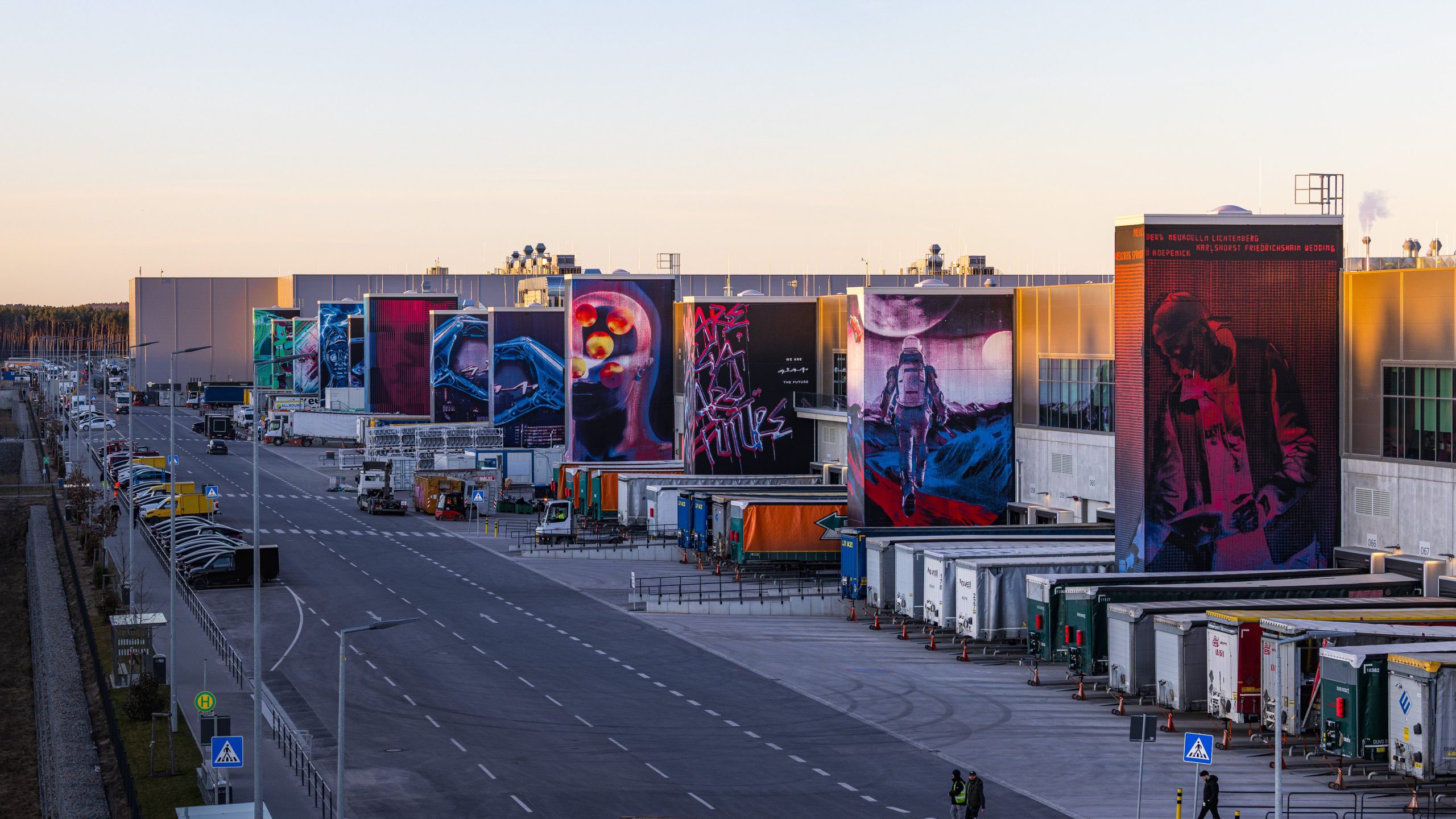
Tesla Gigafactory Berlin has expanded to two full shifts, as per the facility’s plant manager, and a lot of it is due to Model Y demand. While registrations in some countries such as Sweden have fallen sharply this year, the company’s sales in other key territories have been rising.
Giga Berlin shifts to two shifts
Giga Berlin factory manager André Thierig told the DPA that the facility has been running two shifts since September to manage a surge in global orders. And due to the tariff dispute with the United States, vehicles that are produced at Giga Berlin are now being exported to Canada.
“We deliver to well over 30 markets and definitely see a positive trend there,” Thierig said.
Despite Giga Berlin now having two shifts, the facility’s production still needs to ramp up more. This is partly due to the addition of the Tesla Model Y Performance and Standard, which are also being produced in the Grunheide-based factory. Interestingly enough, Giga Berlin still only produces the Model Y, unlike other factories like Gigafactory Texas, the Fremont Factory, and Gigafactory Shanghai, which produce more than one type of vehicle.
Norway’s momentum
Norway, facing an imminent tax increase on cars, has seen a historic spike in Tesla purchases as buyers rush to secure deliveries before the change takes effect, as noted in a CarUp report. As per recent reports, Tesla has broken Norway’s all-time annual sales record this month, beating Volkswagen’s record that has stood since 2016.
What is rather remarkable is the fact that Tesla was able to achieve so much in Norway with one hand practically tied behind its back. This is because the company’s biggest sales draw, FSD, remains unavailable in the country. Fortunately, Tesla is currently hard at work attempting to get FSD approved for Europe, a notable milestone that should spur even more vehicle sales in the region.
News
Tesla launches crazy Full Self-Driving free trial: here’s how you can get it
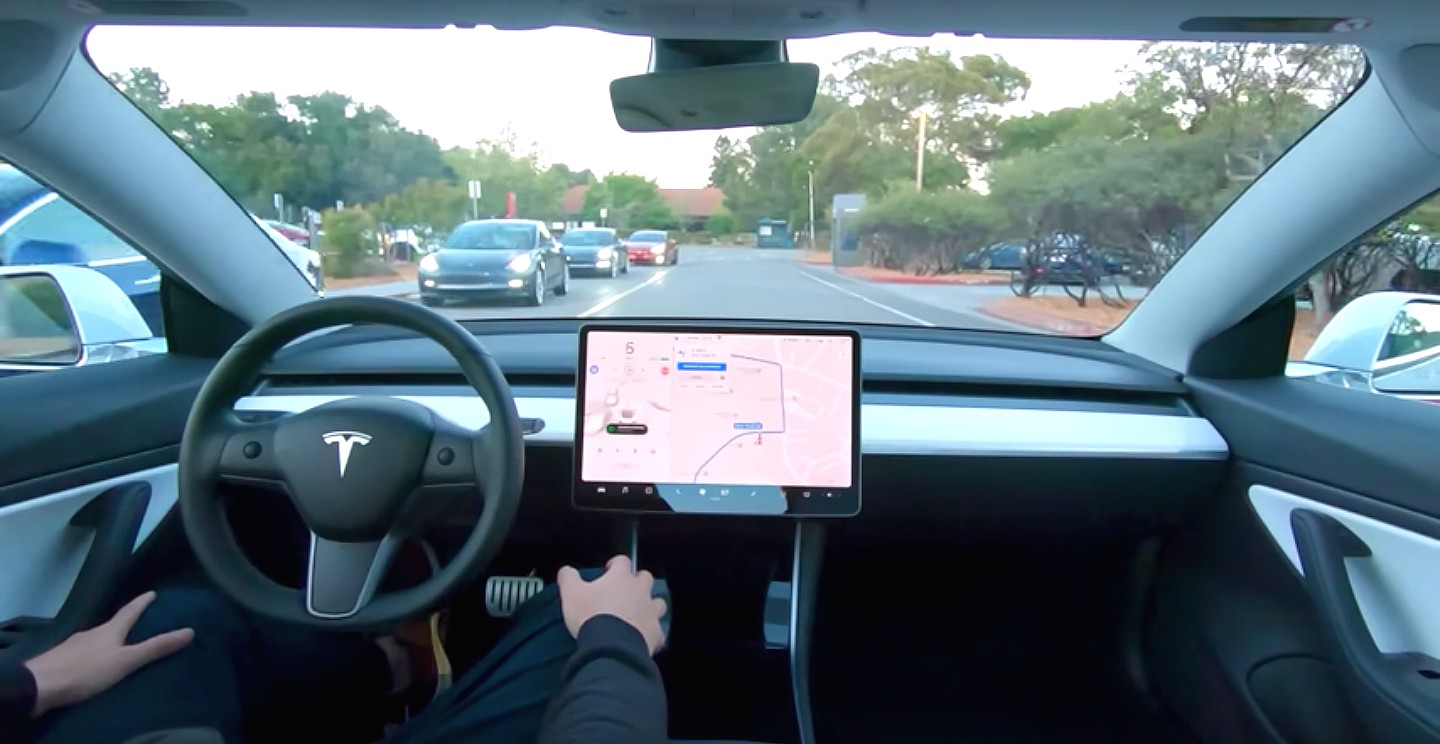
Tesla is launching a crazy Full Self-Driving free trial, which will enable owners who have not purchased the suite outright to try it for 30 days.
There are a handful of stipulations that will be needed in order for you to qualify for the free trial, which was announced on Thursday night.
Tesla said the trial is for v14, the company’s latest version of the Full Self-Driving suite, and will be available to new and existing Model S, Model 3, Model X, Model Y, and Cybertruck owners, who will have the opportunity to try the latest features, including Speed Profiles, Arrival Options, and other new upgrades.
🚨 Tesla is launching a free 30-day trial of Full Self-Driving in North America for owners.
It includes every model, but you need v14.2 or later, and you cannot have already purchased the suite outright. https://t.co/8CNmxxOkVl
— TESLARATI (@Teslarati) November 27, 2025
You must own one of the five Tesla models, have Full Self-Driving v14.2 or later, and have an eligible vehicle in the United States, Puerto Rico, Mexico, or Canada.
The company said it is a non-transferable trial, which is not redeemable for cash. Tesla is reaching out to owners via email to give them the opportunity to enable the Full Self-Driving trial.
Those who are subscribed to the monthly Full Self-Driving program are eligible, so they will essentially get a free month of the suite.
Once it is installed, the trial will begin, and the 30-day countdown will begin.
Tesla is making a major push to increase its Full Self-Driving take rate, as it revealed that about 12 percent of owners are users of the program during its recent earnings call.
Tesla CFO Vaibhav Taneja said during the call:
“We feel that as people experience the supervised FSD at scale, demand for our vehicles, like Elon said, would increase significantly. On the FSD adoption front, we’ve continued to see decent progress. However, note that the total paid FSD customer base is still small, around 12% of our current fleet.”
Earlier today, we reported on Tesla also launching a small-scale advertising campaign on X for the Full Self-Driving suite, hoping to increase adoption.
Tesla Full Self-Driving warrants huge switch-up on essential company strategy
It appears most people are pretty content with the subscription program. It costs just $99 a month, in comparison to the $8,000 fee it is for the outright purchase.









